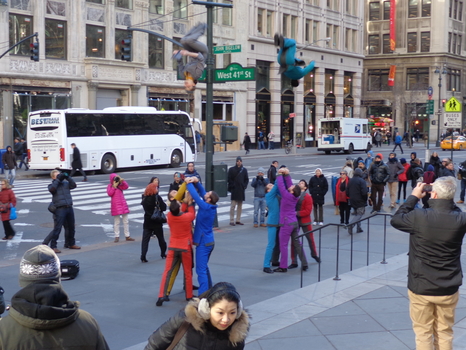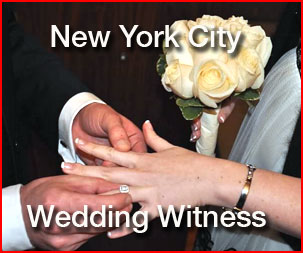The sense of smell seems to share a common denominator with light and sound, an association with our senses and its ability to travel. Lights velocity is the fundamental constant of the universe with a velocity of over 186,000 miles per second, while sound propagates at over 700 miles per hour. The inner-workings between light and sound is a paradox when parring as a synergy. They’re synonymous in how they propagate, but in stark contrast in their medium of travel.
Light can travel in a vacuum but sound cannot; light propagates as packets of massless particles called photons, while sound propagates through the collision of air molecules. Both phenomenon are illustrated using two dimensional schematic representation of how light and sound propagates. So there’s a wavelength commonality but a medium disparity.
Smell is emitted when molecules evaporate and collide with other molecules in the atmosphere, when smell evaporates from a source it expands and permeates the air. If the movement of the air in the atmosphere offsets the movement of the dispersing scent, the smell will travel faster to your nose. If the air is stagnated or lacks movement the smell will dissipate.
If the scent arose from a friction, or the impact from a tension or mass of an object, the energy will vibrate with air molecules causing the sound waves to propagate at a velocity. However, the smell is an independent factor. The objects mass, tension or impact affects the frequency or amplitude of the sound, but the smell will permeate the air and dissipate independent to the sound.
Ever noticed the volume of someone’s fart doesn’t determine how fast the smell pervades the surrounding? Meaning, smell is independent to sound regardless of whether the odor emanated from a sound producing medium. Someone with an unpleasant breath or poor hygiene is only noticeable within close proximity, regardless of their pipe lung capacity and poor diaphragm control, (euphemism for being loud).
There’s a myriad of external factors that determine the diffusion and predictability of scent emission; wind speed, air density, pressure etc. A fleeting aroma can also rekindle inadvertent childhood memories, which does incur a much deeper level of discourse, one that foreshadows the relationship smell has with sound and light. Quite an indirect phenomenon indeed, the velocity in which smell induces our mental faculty, “instantaneously.”
Below articles I’ve written on similar subjects. “Vibrating molecules and elliptical bubbles” explores the improper metaphor used to illustrate propagating sound. “Musical octaves and wave-particle duality” uses musical octaves as a metaphor to explain the ambiguous nature of light, and “the paradox of light and sound inducing synesthesia” embodies the synergetic nature of both light and sound.
Vibrating Molecules and Elliptical Bubbles
Musical Octaves and Wave-Particle Duality
The Paradox of Light and Sound Induces Synesthesia
 Atelston Fitzgerald Holder 1st, Writer, Journalist & Lecturer Please Visit Official Website www.mrpregnant.com Appeared on over 20 different Cable & TV Networks.
Atelston Fitzgerald Holder 1st, Writer, Journalist & Lecturer Please Visit Official Website www.mrpregnant.com Appeared on over 20 different Cable & TV Networks.
Connect with him on Facebook mrpregnant Twitter mrpregnant and Linkedin mrpregnant











